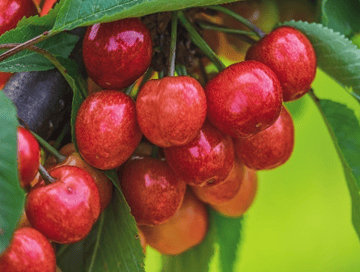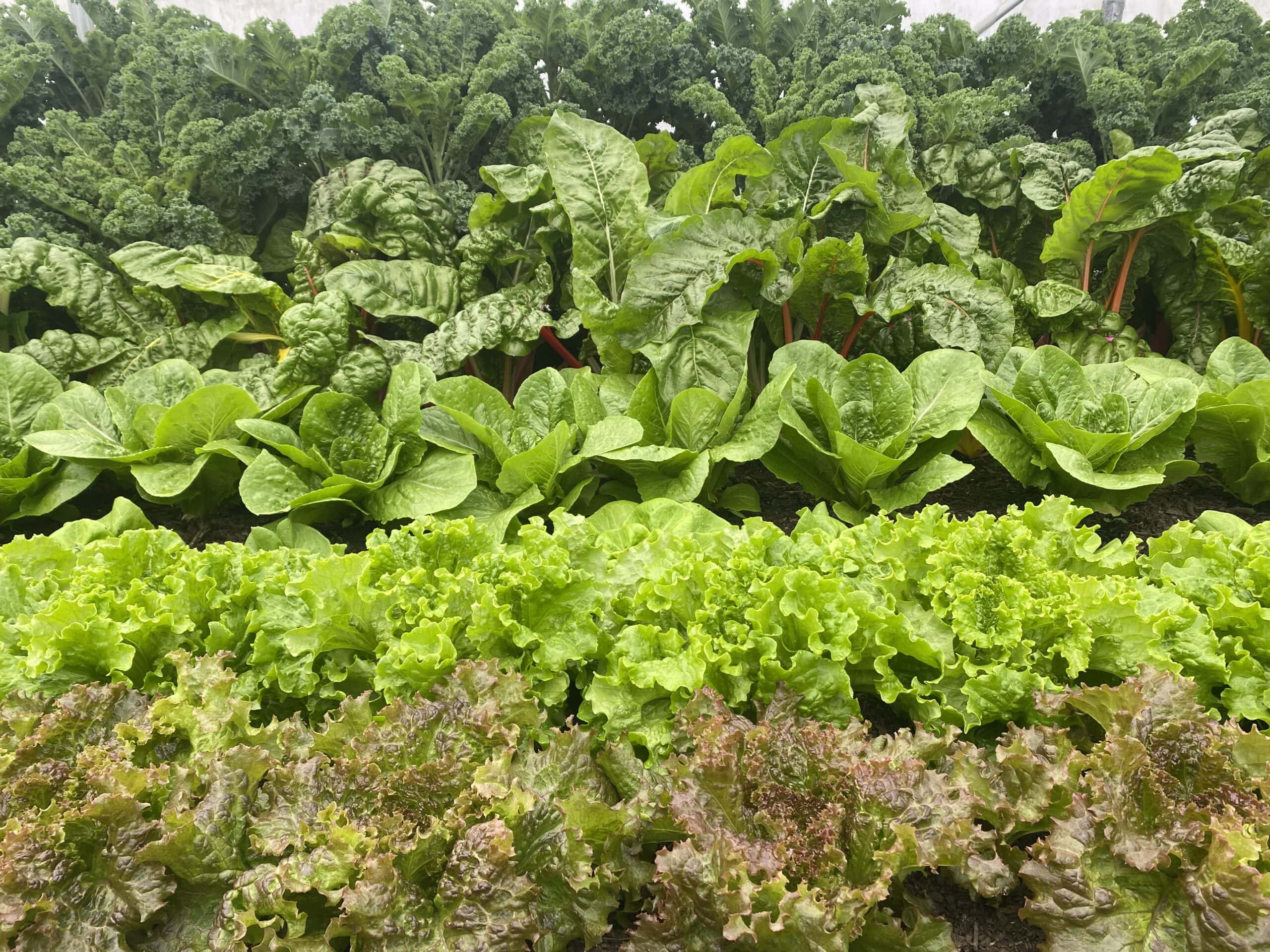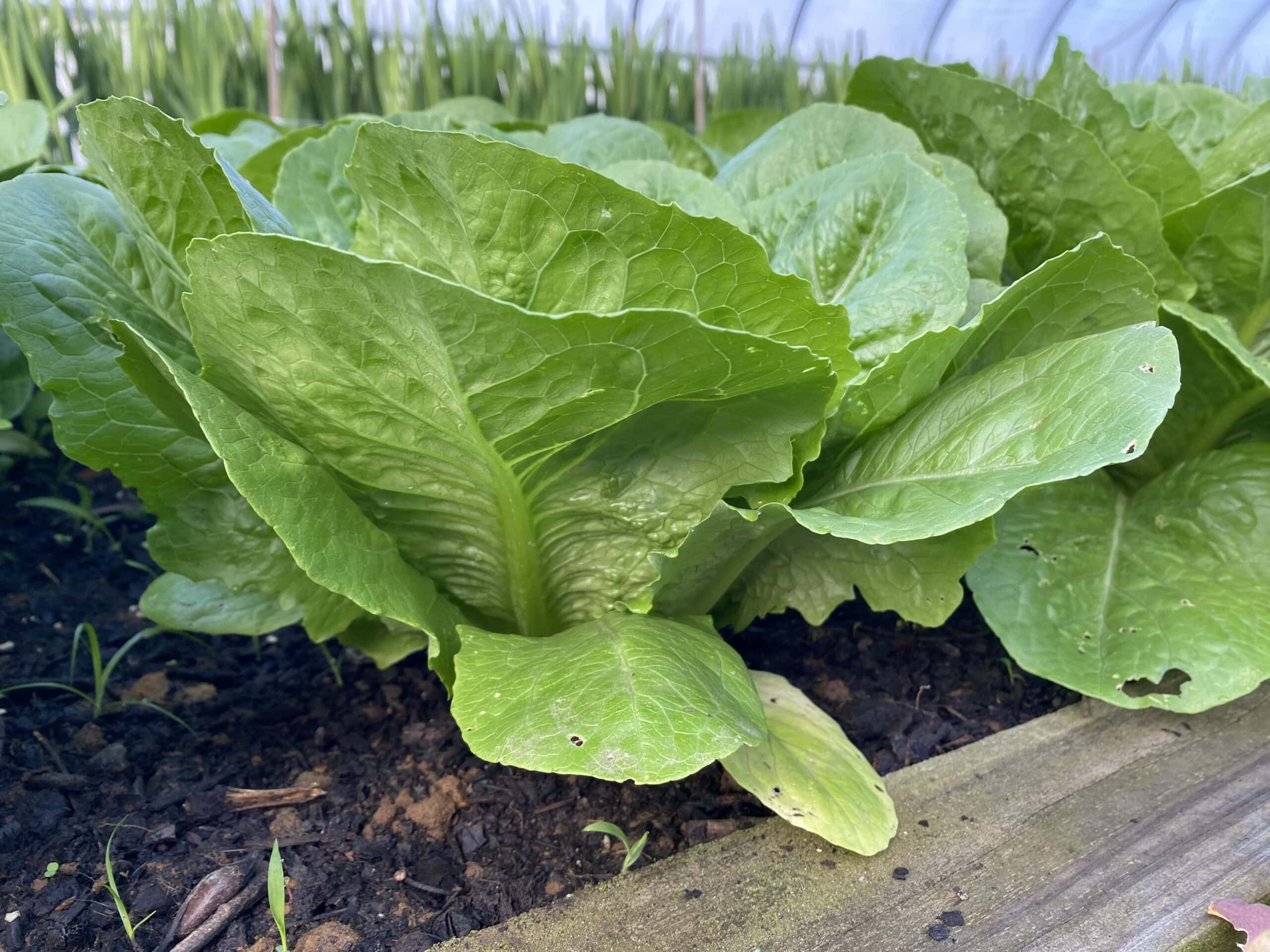This post may contain affiliate links. Probably doesn’t, but it might. It doesn’t cost you anything extra but if you use these links to buy something, we may earn a commission.
Small share: corn, scallions, lettuce or baby Bok choy, tomatoes, beans or squash, cucumber, peaches, pie cherries, cilantro or oregano
Large share: eggplant or squash, hot or sweet green peppers, collards or kale or dandelion, corn, scallions, lettuce or baby Bok choy, tomatoes, beans or squash, cucumber, peaches, pie cherries, basil or rosemary
Fruit only: blueberries, peaches, and pie cherries
Flower share: dahlias, lisianthus, and/or rudbeckia
To store: Store cherries in your refrigerator in a plastic bag in the crisper drawer for up to a week.
To prep: Pit the cherries after washing.
To freeze: Choose firm, ripe cherries. Take 4 cups and mix with 1 cup of sugar. Stir occasionally until the sugar dissolves. Pack the cherries and juice in quart freezer bags, removing as much air as possible. Freeze for up to a year.
Varieties:

Sweet cherries are great for eating fresh – snack as is, adding to fruit salads, salsa, ice cream topper, etc – as they are sweet enough to not need any sugar added. They will be either a dark red color, or a red/yellow blush color. You can use sweet cherries in any recipe that calls for sour, just use less sugar.

Sour “pie” cherries are a brighter red and are commonly cooked – baking pies or cobblers, making jams and jellies, etc. They are a bit softer than their sweeter counterparts, and with the tang, a little sugar is usually welcome. Don’t be afraid to try them as a snack though!





